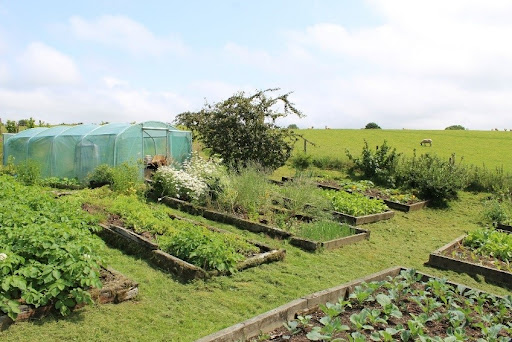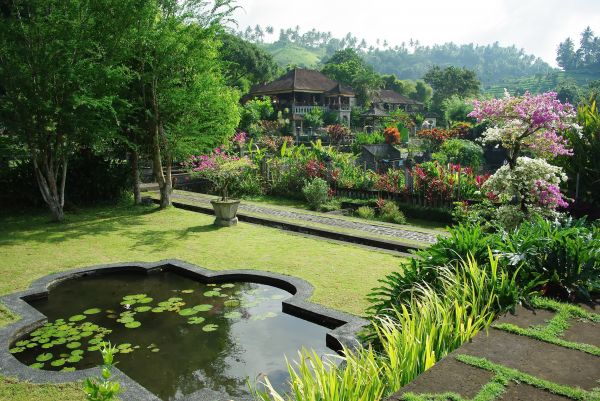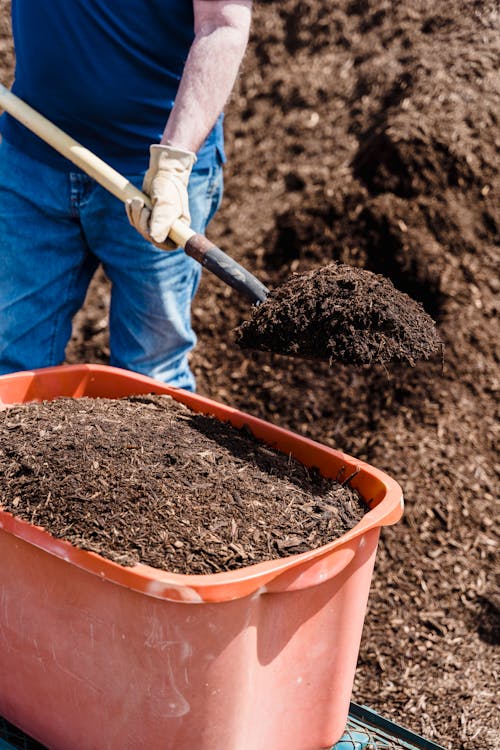In the quest for sustainable living and harmonious coexistence with nature, permaculture has emerged as a guiding principle for gardeners seeking to create not just a garden but a thriving ecosystem. The term “permaculture” is a combination of “permanent” and “agriculture,” reflecting a holistic approach that goes beyond traditional gardening. In this blog, we delve into the concept of creating a permaculture paradise—a garden designed to be self-sustaining, regenerative, and a harmonious haven for both plants and wildlife.
Understanding Permaculture:
Permaculture is a design philosophy that draws inspiration from natural ecosystems to create productive and sustainable landscapes. Rather than viewing individual elements in isolation, permaculture emphasizes the interconnectedness of elements within a system, aiming for efficiency, diversity, and resilience. It seeks to mimic the patterns and relationships found in nature to develop a garden that thrives with minimal human intervention.
-
Designing with Nature, Not Against It:
At the core of permaculture is the idea of designing with nature, not against it. Observing and understanding the natural patterns and cycles of your local ecosystem becomes the foundation for a permaculture garden. This includes studying the sunlight, wind patterns, water flow, and the natural habitats of plants and wildlife in your area. By aligning your garden design with these natural elements, you can create a more resilient and sustainable environment.
-
Polyculture Over Monoculture:
Traditional agriculture often relies on monoculture, where large areas are devoted to a single crop. Permaculture, on the other hand, encourages polyculture—a practice of growing a diverse range of plants in the same space. This not only enhances biodiversity but also reduces the risk of pests and diseases. Companion planting, a form of polyculture, involves strategically placing plants that benefit each other, such as repelling pests or providing mutual support.
-
Embracing Perennial Plants:
Permaculture gardens favor perennial plants over annuals. Perennials, which return year after year, require less replanting and cultivation. They also develop more extensive root systems, contributing to soil health and stability. Including a variety of perennial vegetables, fruits, and herbs in your garden creates a dynamic and enduring landscape that requires less maintenance in the long run.
-
Building Healthy Soil:
Soil is the foundation of any garden, and in permaculture, building and maintaining healthy soil is a top priority. Practices such as mulching, composting, and incorporating green manure cover crops help enhance soil fertility and structure. By nurturing a thriving microbial community in the soil, permaculture gardens promote nutrient cycling, water retention, and overall ecosystem health.
-
Water Wisdom:
Water conservation and efficient use are integral components of permaculture. Techniques such as rainwater harvesting, swales (contour trenches), and keyline design are employed to capture and distribute water efficiently throughout the landscape. Drought-tolerant plants are chosen, and water-loving plants are strategically placed to create microclimates that optimize water use. By working with natural water patterns, permaculture gardens become more resilient in the face of variable weather conditions.
-
Integrated Pest Management:
Permaculture encourages a shift from conventional pest control methods to integrated pest management (IPM). Instead of relying on chemical pesticides, permaculturists seek to create a balanced ecosystem where beneficial insects, birds, and other natural predators help control pest populations. Companion planting, trap crops, and fostering habitats for beneficial insects are key strategies in creating a garden where nature itself acts as a pest regulator.
-
Zones and Sectors:
Permaculture design often incorporates the concept of zones and sectors to optimize efficiency and energy use. Zones are designated areas within the garden based on frequency of use and intensity of management, with high-intensity zones closer to the house and low-intensity zones at a distance. Sectors represent external influences, such as sun, wind, and wildlife, and are considered in the overall design to maximize benefits and minimize challenges.
-
Wildlife-Friendly Habitat:
A permaculture paradise is not just for humans—it’s a haven for wildlife too. By incorporating features like wildlife corridors, bird-friendly plants, and water sources, permaculture gardens become vibrant ecosystems that attract beneficial insects, pollinators, and a variety of birds. Providing habitat for wildlife enhances biodiversity and contributes to the overall resilience of the garden.
-
Regenerative Practices:
Permaculture goes beyond sustainability; it embraces regenerative practices that actively contribute to the restoration and enhancement of the environment. By fostering regenerative agriculture techniques such as agroforestry, agroecology, and holistic land management, permaculture gardens become catalysts for positive ecological change, promoting soil health, carbon sequestration, and overall ecosystem restoration.
-
Community and Education:
A permaculture paradise is not just a solitary endeavor—it’s a community effort. Sharing knowledge and experiences with neighbors, friends, and fellow gardeners fosters a culture of sustainability and resilience. Hosting workshops, creating community gardens, and educating others about permaculture principles contribute to a broader movement towards regenerative living and landscape design.



